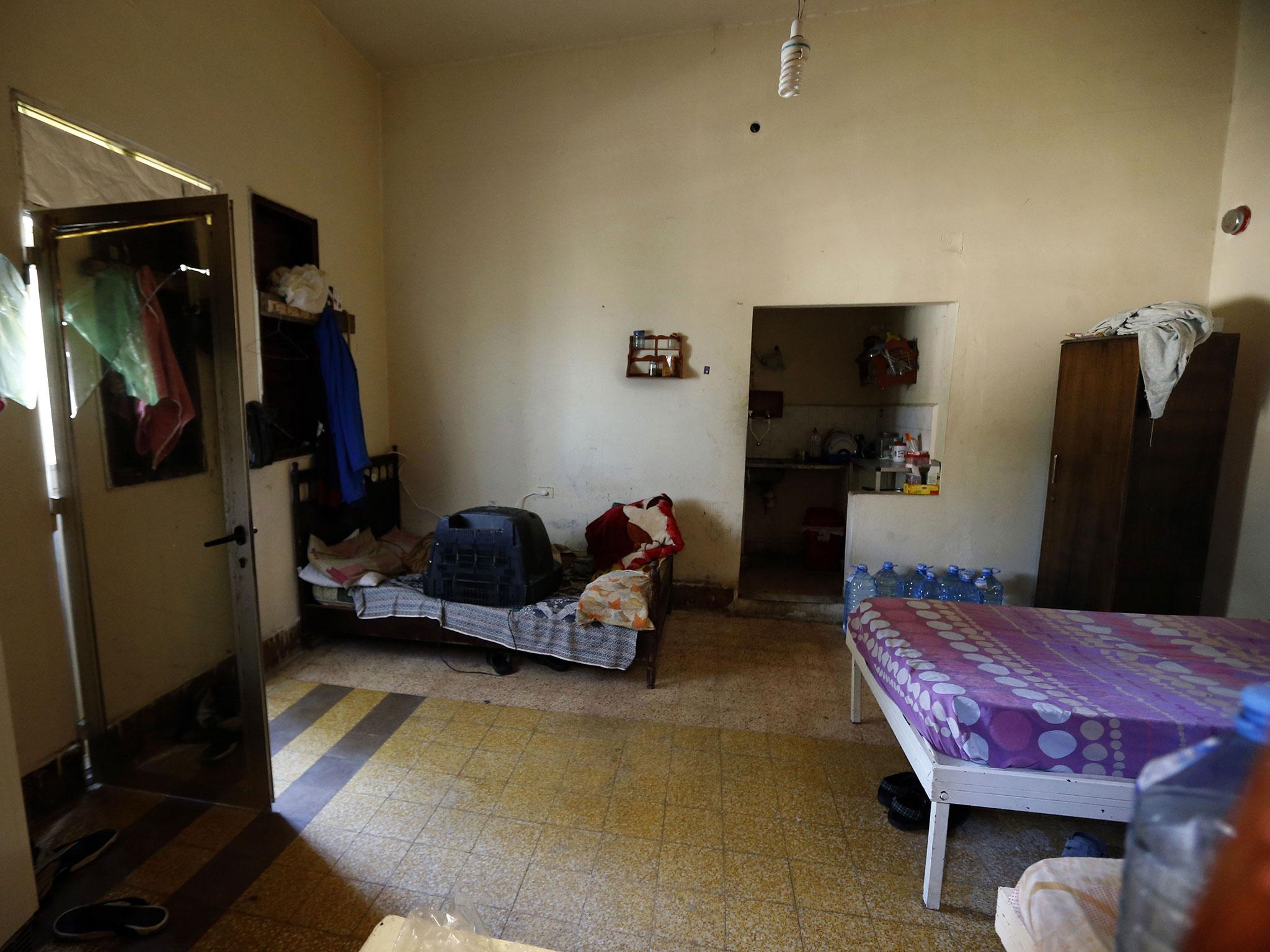Syrian sex slaves 'tortured on table set up like crucifix'
As many as 75 women forced into largest sex trafficking ring ever uncovered in Lebanon

Your support helps us to tell the story
From reproductive rights to climate change to Big Tech, The Independent is on the ground when the story is developing. Whether it's investigating the financials of Elon Musk's pro-Trump PAC or producing our latest documentary, 'The A Word', which shines a light on the American women fighting for reproductive rights, we know how important it is to parse out the facts from the messaging.
At such a critical moment in US history, we need reporters on the ground. Your donation allows us to keep sending journalists to speak to both sides of the story.
The Independent is trusted by Americans across the entire political spectrum. And unlike many other quality news outlets, we choose not to lock Americans out of our reporting and analysis with paywalls. We believe quality journalism should be available to everyone, paid for by those who can afford it.
Your support makes all the difference.Syrian women lured into sex slavery have described how they were tortured and abused in Lebanon's largest sex trafficking ring.
Women were tortured on a table set up like a crucifix, shocked with an electric prod and forced to have sex more than 10 times a day.
A Human Rights Watch report uncovered how the women were lured to Lebanon with promises of marriage or jobs, then forced into prostitution, imprisoned and regularly beaten.
One of the women, Rama, a 24-year-old from Syria, described to The Guardian how she was tricked into sexual slavery.

Working as a waitress at a cafe in Syria, she was lured to Lebanon by a man who said he was recruiting for a restaurant and offered her $1,000 a month.
Once there, she was forced into prostitution by the man, who beat her until she surrendered.
She was taken into the largest sex trafficking ring ever uncovered in Lebanon, where police freed 75 Syrian women living in squalid conditions.

Rama endured nine months of sexual slavery Chez Maurice, the house where she and the other women were imprisoned and deprived of sunlight.
“We slept where we worked and we couldn’t go out, not even to see the light outside,” Rama told The Guardian. “The windows were painted black. We couldn’t see the light, or breathe the air outside.”
She added: “It’s not that he made us feel like slaves – we were actual slaves.”
The sex trafficking ring was eventually broken up when Rama and some other women overpowered their guards and escaped, alerting the police.
Police are now investigating how the network remained undetected for four years.
“The fact that trafficking at Chez Maurice was uncovered repeatedly over years calls into question the effectiveness of the authorities’ response,” Skye Wheeler, a women's rights researcher at Human Rights Watch, said.
“Lebanon should review how it has handled trafficking at Chez Maurice, and its approach to sex trafficking more broadly.”
Join our commenting forum
Join thought-provoking conversations, follow other Independent readers and see their replies
Comments